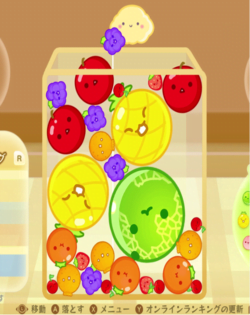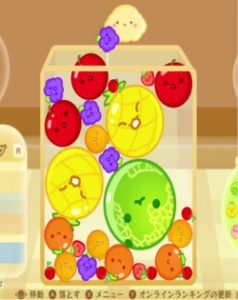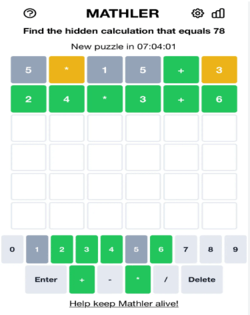
Japanese Fruit Game
GAME INFO

Unveiling the Delightful Mystery: An In-Depth Guide to the Japanese Fruit Game
The world of games and traditions is rich with unique and culturally significant pastimes, many of which offer an exciting blend of entertainment and cultural insight. Among these, the Japanese Fruit Game stands out as a delightful and symbolic activity. In this article, we will take a deep dive into the enchanting world of the Japanese Fruit Game, offering a comprehensive explanation of its origins, rules, and the cultural significance it holds.
The Japanese Fruit Game, also known as Fruits Basket or Mikan Seiri, is a traditional game originating from Japan. Rooted in Japanese folklore and customs, this game is often played at gatherings, festivals, and special occasions to celebrate and bond with family and friends.

Here’s a step-by-step explanation of how the Japanese Fruit Game is played:
- Gather Participants: The game begins by gathering a group of participants, ideally an even number. The players sit in a circle, forming a tight-knit community.
- Choose a Leader: A leader or “It” is chosen among the players. The leader takes on the role of directing the game and calling out the actions.
- Assign Fruit Names: Each participant is assigned the name of a different fruit or object. Traditional Japanese fruit names are often used, such as “mikan” (mandarin orange), “ringo” (apple), “suika” (watermelon), and so on. Each player must remember their assigned name.
- Actions and Movement: The game proceeds with the leader calling out the names of fruits one by one. When a fruit’s name is called, the player assigned that fruit must quickly stand up and switch places with another player with the same assigned name.
- The Challenge: The challenge for the leader is to add an extra layer of complexity by calling out the names of fruits that are not assigned to anyone. When an unassigned fruit name is called, everyone must scramble to switch seats.
- Elimination: Any player who fails to stand up and switch places, or who stands up when their fruit is not called, is eliminated from the game. The game continues until only one player remains.
- The Winner: The last remaining player is declared the winner, and the game concludes with cheers and applause.
The Japanese Fruit Game is not only an entertaining pastime but also holds cultural significance in Japan. It emphasizes the values of cooperation, agility, and quick thinking. Additionally, it serves as a way to teach and reinforce traditional Japanese fruit names, fostering an appreciation for local culture and language.
In conclusion, the Japanese Fruit Game is a charming and engaging traditional activity that brings people together to celebrate and enjoy each other’s company. It’s a perfect example of how games can be a vessel for cultural preservation and bonding. So, the next time you find yourself in a circle with friends or family, consider introducing the enchanting world of the Japanese Fruit Game for a unique and enjoyable experience that transcends cultural boundaries.

















